Peacock Room
This stunning blue and gold room changed cities twice before becoming part of the Smithsonian.
Entering this room reveals an artistic visual feast. Porcelain fills the wooden racks set onto the walls, while gold leaf and vibrant blue pigments adorn surfaces showcasing elegant paintings of the room’s namesake bird. Hanging above the centerpiece fireplace is an exquisite painting by American painter James McNeill Whistler.
Amazingly, this room was originally constructed across the pond in the 19th century as the dining room for Frederick Leyland, a London-based shipping magnate. It was meant to show off his extensive collection of valuable Chinese blue and white porcelain.
Thomas Jekyll, a British architect, was the first mastermind behind the grand room. He added the delicate latticework to hold the valuable pottery, shelves, a Welsh dresser, a Tudor-style ceiling with eight gas lights, and a fireplace with gilded andirons. He also blanketed the walls with sixth-century gilded leather hangings that had entered England as part of Catherine of Aragon’s dowry.
After a dreadful illness forced Jekyll to abandoned the project, it was passed on to James McNeill Whistler, an American artist who resided in England. After Leyland left on business, Whistler increasingly grew bolder and bolder in his decoration of the room, eventually even painting over the valuable wall hangings so their colors wouldn’t clash with the room’s focal point, a portrait called Rose and Silver: The Princess from the Land of Porcelain which he had painted.
Whistler’s unchecked artistic vision caused Leyland to fire him. However, Whistler managed to keep working on the room. He sneaked in and painted two enormous fighting peacocks on the wall, which he aptly titled Art and Money: or, the Story of the Room. Interestingly, even though some of Whistler’s decorating was unauthorized, Leyland still kept the room and dined facing toward the inflammatory image of the two fighting peacocks.
Charles Lang Freer, founder of the Freer Gallery of Art, bought the room from Leyland’s heirs in 1904 and had it taken down, shipped to the United States, and installed in his house in Detroit. He later donated it to the Smithsonian along with 8,000 other works of art to form the gallery now named after him.
Know Before You Go
The address and coordinates lead to the Sackler Gallery, which is connected to the Freer Gallery via an underground passageway. Admission is always free, and the Peacock room can be seen along with the rest of the Freer Gallery's collection, as it is on permanent display.

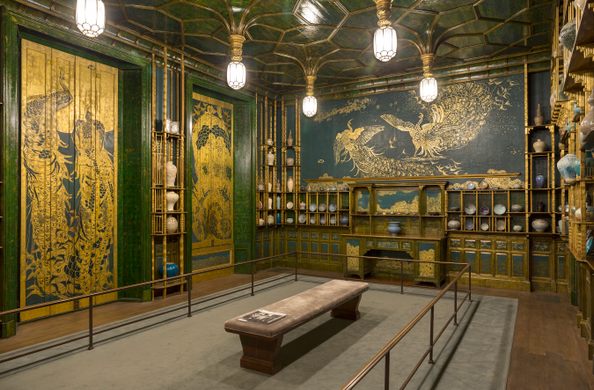
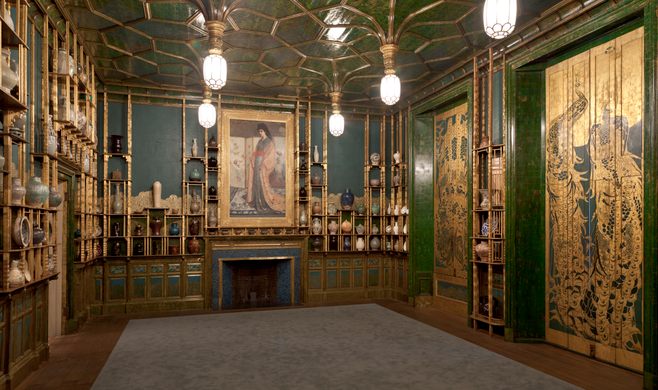
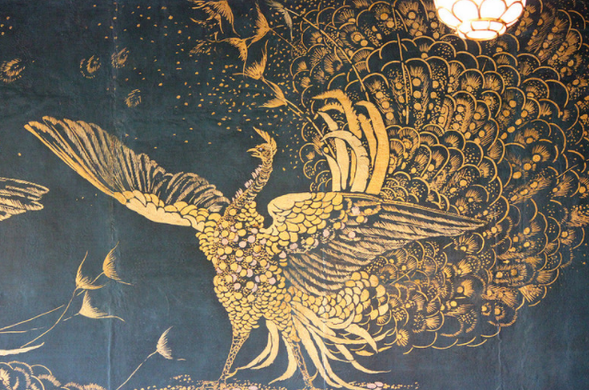


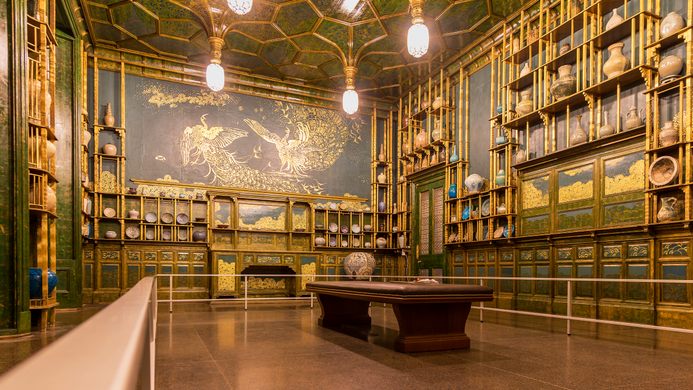
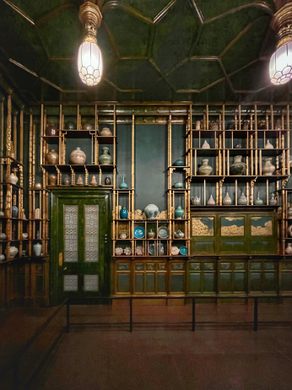
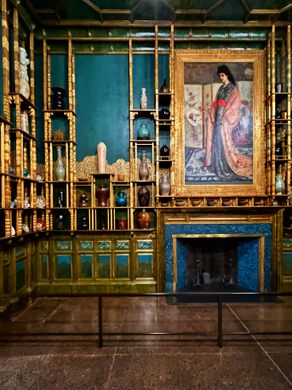
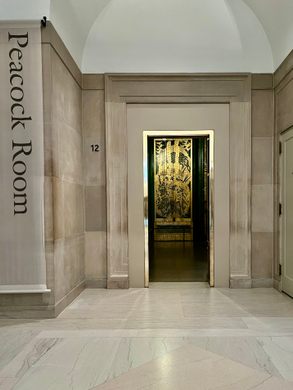
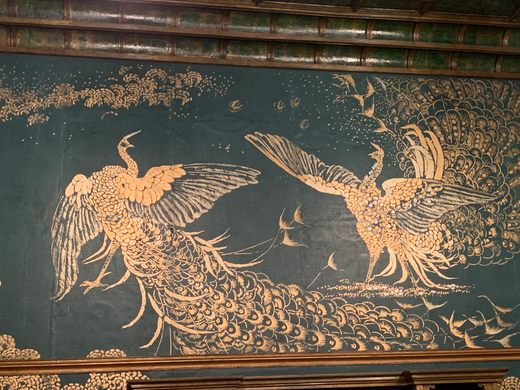







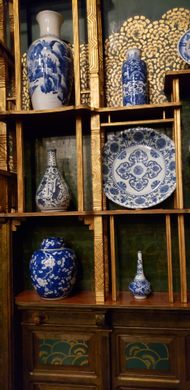
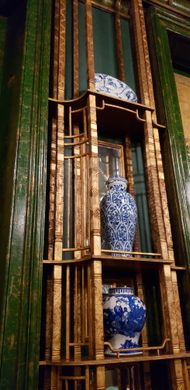

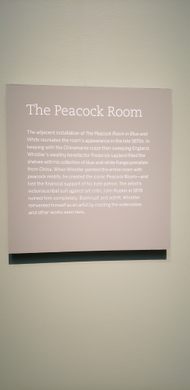

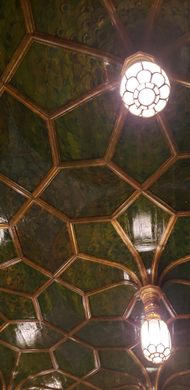


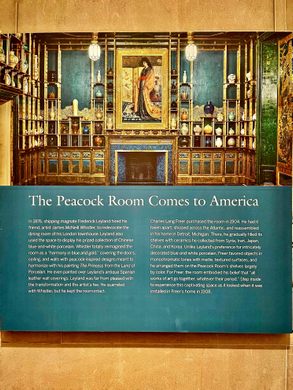

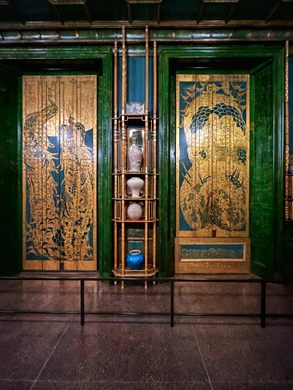







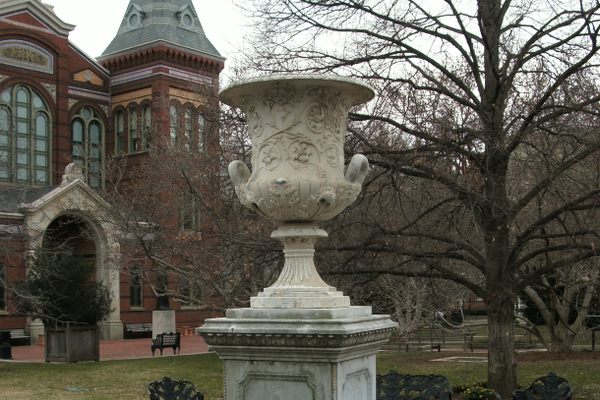

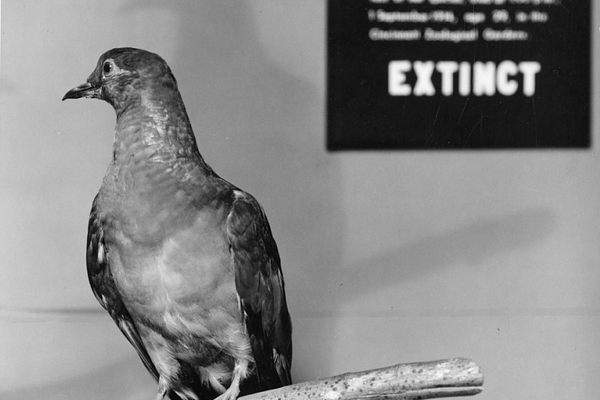

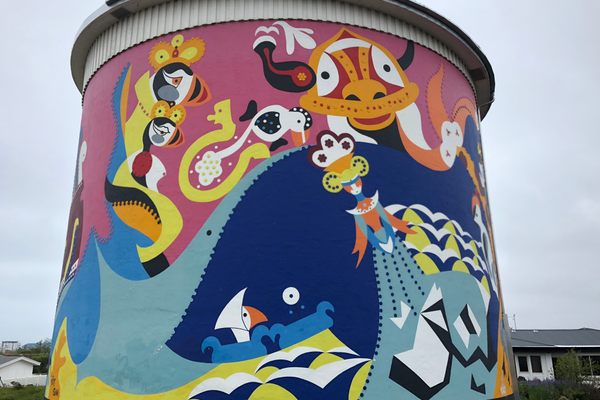

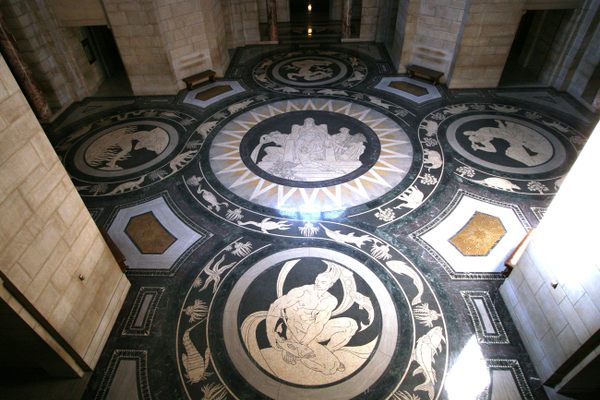



Follow us on Twitter to get the latest on the world's hidden wonders.
Like us on Facebook to get the latest on the world's hidden wonders.
Follow us on Twitter Like us on Facebook